Sorry to break it to you but it is, of course, an impossible question to answer, just far too many variables with this one.
However, what we can do is try and give you some guidelines on how to choose lenses that suit your photography. If you think about it, there are so many considerations when buying lenses.

What Features of a Lens you Need
Cost, weight, quality and of course focal length feature highly. You might also consider image stabilization and good Bokeh as attributes that are required in a lens. With so many variables it can be a minefield trying to decide which lenses you need and which are a little too extravagant.
Professional vs Consumer
No one is going to deny that a professional lens is generally better than it’s equivalent kit lens. However, unlike yesteryear, there is not a huge difference in image quality.
The main difference comes in maximum aperture and build quality. If you are a photographer that shoots frequently in low light, does handheld work, for example, weddings, then paying out the extra bucks for a professional lens will certainly be worthwhile.
If you are more of a general shooter, even one that shoots low light but using a tripod, then that extra expense may not be justifiable. The one or two stops you gain with a professional lens can be balanced by bumping the ISO.
These days cameras perform incredibly at high ISO, reducing the need for many to invest in fast glass.
One area where you will not be able to compensate though is depth of field. If you tend to do a lot of portrait work then you are going to need that shallow DofF and that means fast and more expensive lenses.
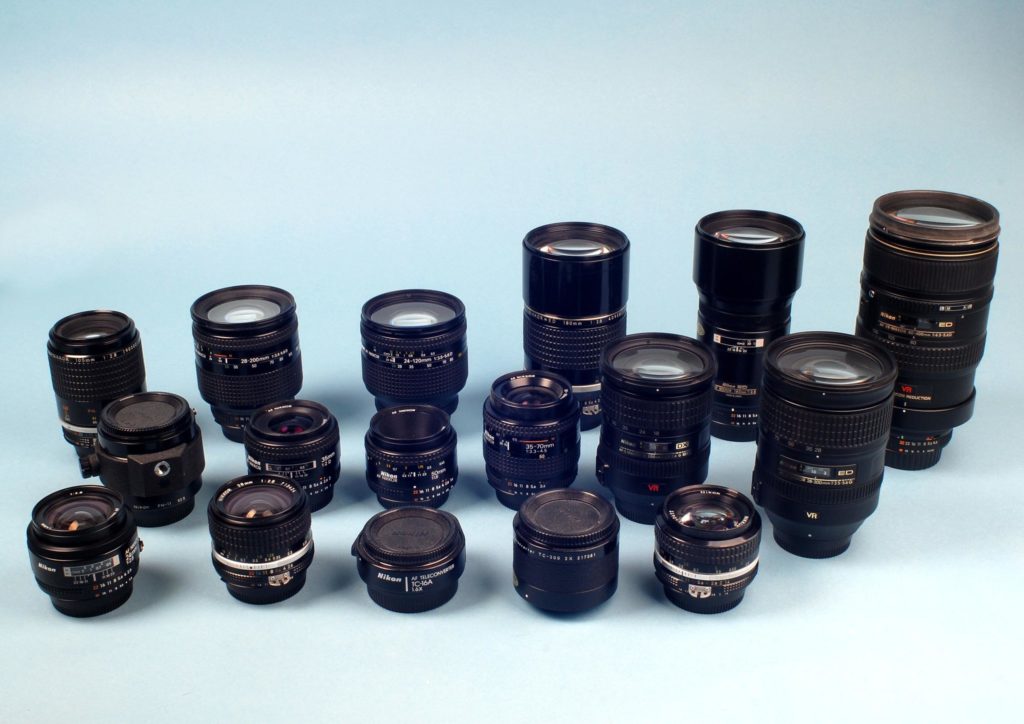
Nikon's Trinity lenses will set you back a king's ransom.
Prime vs Zoom Lenses?
This is another of the big considerations when purchasing lenses. It's a tough one as well.
Zoom lenses offer you much greater flexibility but at the expense of cost and aperture. Equivalent primes, are often faster and significantly cheaper but give you less flexibility.
Not only do you need to carry several primes to compete with a zoom, the combined weight and expense may be similar or higher. There is one area where a prime often shines though and that is image quality.
As they are simpler lenses using fewer elements, very often primes will have a better image quality than a zoom.
To add to the confusion, you can factor in the above attributes of professional or consumer. Here things tend to widen out a little. Professional zoom lenses such a Canon/Nikon 24-70mms can be extremely expensive to the hobbyist photographer.
A Nikon 24mm f1.8 lens cost around $700 in the US, whilst the 24-70mm f2.8 costs $2400. It would be possible to equip yourself with three primes, each faster than the zoom for a similar price.
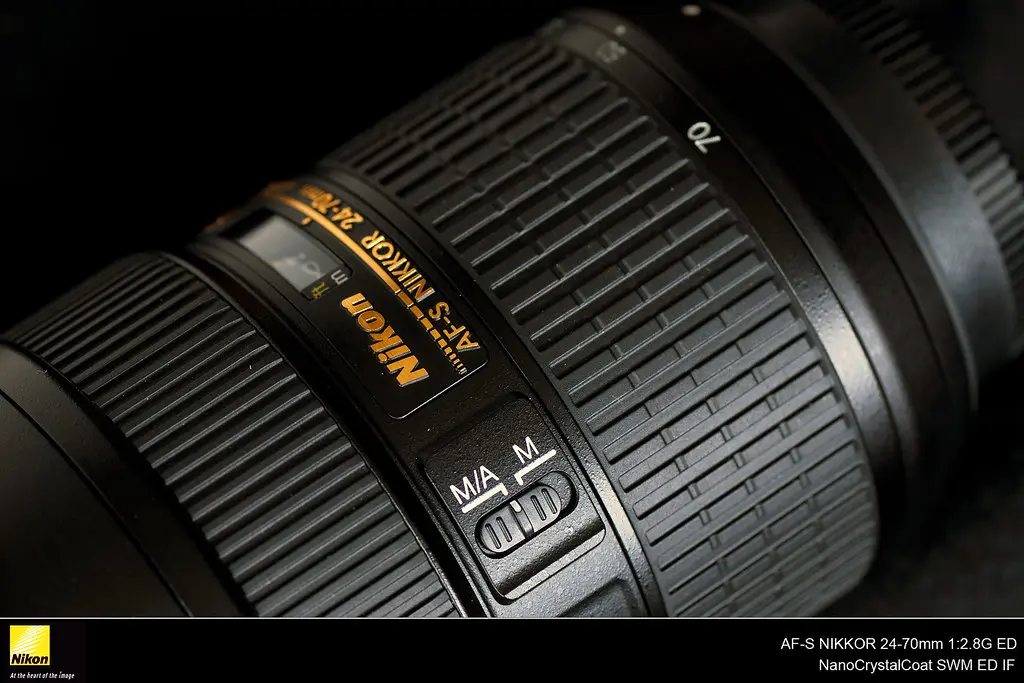
Your Camera's Sensor Size – APS vs Full Frame
Another interesting conundrum occurs with sensor size.
In the early days of digital, most cameras DSLR cameras used the smaller APS-C sized sensor, whilst most lenses had their roots in the film era and were full frame. These days the market is very different.
Lens manufacturers have realized the appeal of the APS-C sensor and produce lenses specifically designed for such cameras.
The primary advantages of this are that you get smaller and cheaper lenses with equivalent quality and aperture to the full frame versions. However, if you buy heavily into APS-C lenses, you are restricting your future upgrade path.
This is because these lenses will not work properly should you decide to go Full Frame eventually.
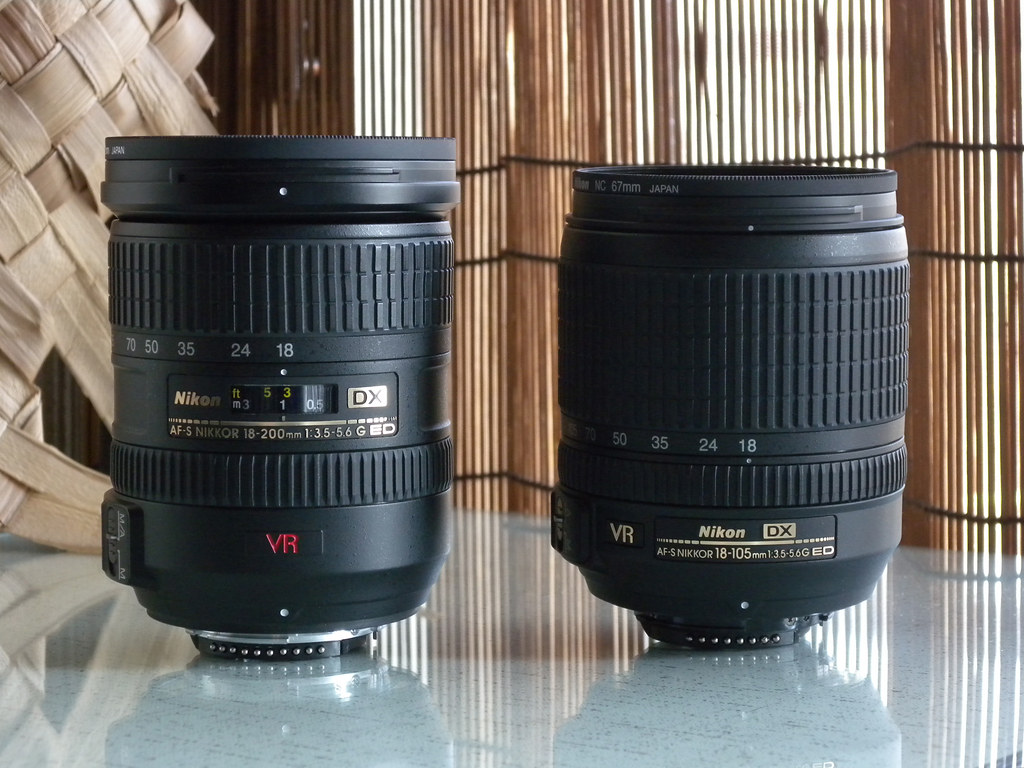
APS-C Lenses are smaller and cheaper but will not give full coverage on a full frame sensor.
Own Brand v Third Party
Head back a few years and the advice from experienced photographers would be to avoid most third party lenses, especially cheap ones. Indeed there were some particularly nasty brands out there. I won’t mention names but most of us that have been around photography for a while know who they are.
However, there were a few third-party brands from the film era that have continued to offer excellent optics for lower prices than original manufacturers, Sigma, Tamron and Tokina being amongst the best.
Joining them in recent years have been a number of other excellent companies producing niche lenses for significantly cheaper prices than the camera brand versions.
These lenses often fill markets not covered by the likes of Nikon and Canon such as DSLR cine lenses, mirror lenses and budget perspective control lenses. These days, funnily enough, it's actually quite difficult to buy a poor quality lens and with sites like DXOMark it's easy to spot the duds.
One area that third party lens companies can fail on is product control. Whilst overall their lenses can be excellent, there is sometimes a higher possibility of getting a bad copy than with the camera companies.
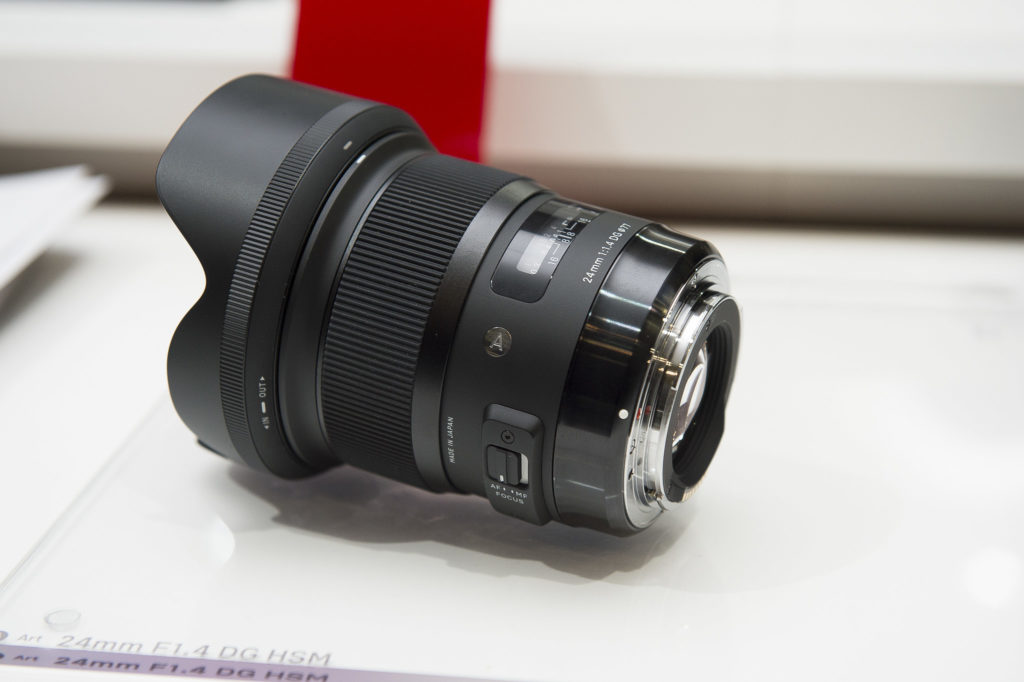
Sigma Art lenses have gained an enviable reputation.
Summary
Buying lenses, be it consumer or professional is a big investment for any photographer. In order to make sure you get something that fits your requirements, take the time to look at your photography and highlight your actual needs.
Hopefully, some of the above information can help guide you on your way.
Further Resources
- 4 Reasons to Go Ahead and Try a Zoom Lens! by Dzvonko Petrovski
- Advanced Photoshop by Joshua Cripps
- 3 Prime Lenses to Consider for Street Photography by Federico Alegria



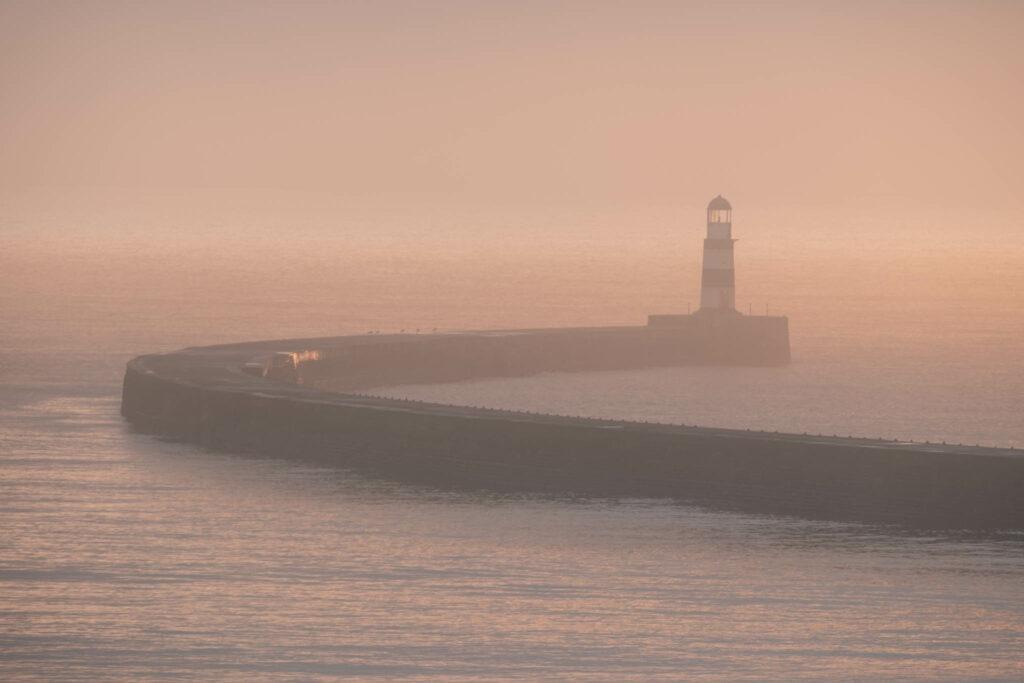

9 Comments
I found your article to be fairly even handed in the discussion about the pros and cons of pro vs consumer lenses and the use of third party lenses, But, I was disappointed at your exclusion of M43 cameras. If you’re going to talk about pros and cons of lenses it is important to be even handed when talking about formats. For the average photographer, the ones that this article is primarily aimed, the differences between M43, APS and full frame are negligible at best. What is not negligible is the price difference. One can buy comparable glass for less money buying M43.
I’m waiting for you to publish an article where Canon is the featured brand…not into Nikon,it appears you have a bias that way,but we all out here in camera land don’t!
Comments like this bore the shit out of me. My writers tend to write about whatever brand they happen to own. I don’t ask them what brand they own when I hire them. If they happen to own Nikon, then that is, logically, often what they will write about. No camera makers give us gear. A few bag makers and software devs do and it is disclosed in the relevant articles.
These conspiracy slanted comments are tedious as hell.
I shoot neither Nikon or Canon, I shoot Fuji and Panasonic. No brand is “featured” other than where a picture is most suitable for the article.
Good article. If I may, I’ll add the following additional category: vintage versus new. There are several vintage Nikon lenses from the 1960s-1990s that are still excellent glass. They may not have all of the features of the new lenses, but they are still capable of creating excellent shots, and you can buy them for pennies on the dollar compared to their original price. This is true only for full-frame, of course, but if a person is needing to get started and cost is a concern, consider some of the older lenses for your camera brand.
I know of Nikon 124mm prime is one of the older vintage lenses you mentioned, what are the others?
When shooting my shelter dogs, I use a Nikon 35-200mm 1:3.5 because it offers a really sharp image and it’s focus/zoom ring is easier and faster to shoot a running dog. I don’t have to switch my hand back and fourth between zoom and focus.
I use manual lenses on my Micro four thirds camera and they perform just fine for me. In fact, I sold all of my auto lenses.
I have written before about the advantages of old lenses, but an old v new may well be an interesting angle on it. I shoot most of my 4K video on 30 year old Canon FD glass
Light Stalking is one of the top photographers’ website, it covers pretty much every aspects of photography, beautifully designed and presented. Personally I use Fuji cameras and lenses so I find Light Stalking (LS) most interesting when it has an article on Fuji cameras, lenses and photographs but I understand that LS is about photography first and foremost, not about M43 or Canon etc., not about any one brand in particular and that is fine with me.
I shoot mainly motorsport, but the Canon 75-300mm 1:4-5.6 III lens that came with my entry level 1100D has always produced images with ‘soft’ edges, even when the subject is in focus and at high shutter speeds (1/1200+).
There’s been a slight improvement since I upgraded to a 7D Mk II body, but the results are still substandard compared to professional images taken with the same body.
Would the considerable investment to upgrade to a pro lens, such as a 100-400mm IS II, produce substantially sharper images?